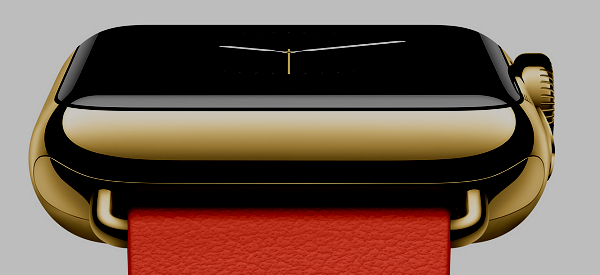
Apple Watch Edition Shouldn't Impact Swiss Luxury Market
In sum, don’t expect someone who’d buy a $14,000 Rolex, or a $17,000 Audemars Piguet, to be dissuaded from that purchase just because the Apple Watch Edition is now on the scene. If anything, Apple’s arrival might be accretive. For instance, my impression is that most women are left sort of cold by expensive mechanical watches (the kind where the point is that they have complexly engineered guts), but I could imagine rich women who are addicted to their iPhones falling in love with both the look and the functionality of, say, the 18-karat gold Apple Watch Edition with the bright red leather band. A lot will depend on whether she feels comfortable talking to her wrist in public. But people in this stratosphere of wealth can afford his and hers luxury watches—maybe Rolex for him and Apple for her. Or haute de gamme watches and Apple Watches for both.
In this case, the sum isn’t more than its parts; Stevenson’s entire argument is worth reading. In it, he makes a brief, compelling case against the notion that the Swiss market must panic over Apple Watch Edition, and he articulates my own feelings on the matter thusly:
[I]t’s hard to imagine stylish people slobbering over vintage Apple Watches in 2065 the way those people now slobber over a 50-year-old Rolex. Tell me, how much did you get on eBay for your first-generation iPhone?
And speaking of “accretive,” before a few months ago, I never even wanted a Rolex. However, after all my recent research and writing on wrist wear, if I could sell my first-gen iPhone to fund one, I’d do it in a heartbeat (or, in analog terms, a second). But I can’t, because used Rolexes are expensive and old iPhones aren’t worth anything.